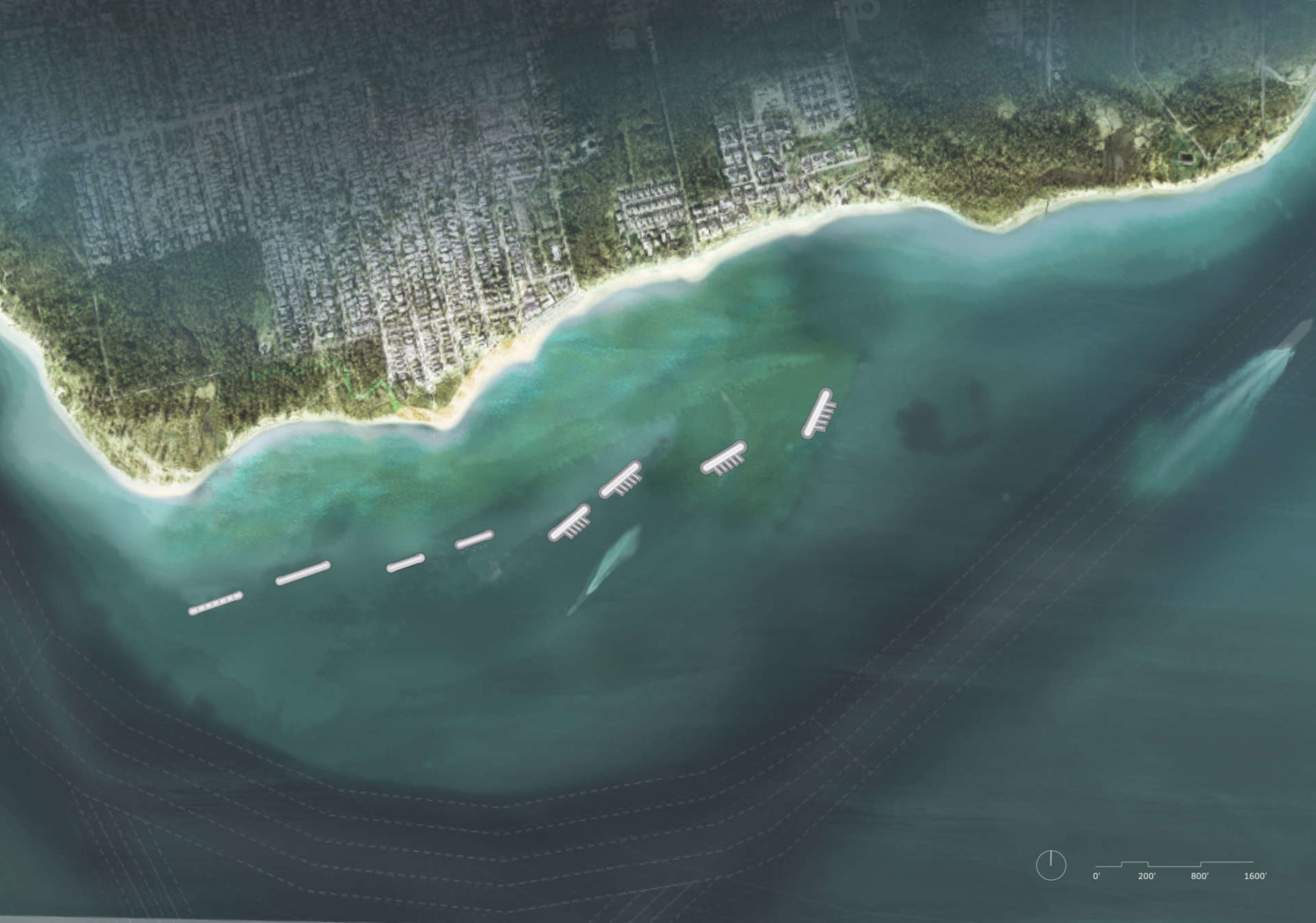

What role does collective action play in solving today’s climate and ecological crises? What role do landscape architects play?Įarth Day is a chance to pause, take stock of the planet that sustains us, and think and act beyond ourselves to reach the scale of the globe and all its inhabitants.

50 years later, the movement is now global, with an estimated one billion participating each year.

Within this multi-scale and multi-sectoral approach, the research has three main objectives: (i) to assess and visualize the multidimensional challenges (geographic, jurisdictional and operational) of coastal erosion (ii) to develop a toolbox of “next practices” focusing on ecological infrastructures with co-benefits, and (iii) to apply the toolbox to a local case study in order to test, model and simulate the effectiveness of a range of alternative coastal adaptation options.On April 22, 1970, 20 million Americans, which at that time was some 10 percent of the population, took to the streets during the first Earth Day, demanding greater protections for the environment and decisive action to improve human health and well-being. Moving from global case study research to the testing of alternative adaptation options for a challenging, multi-jurisdictional coastal site on the UBC campus, The Living Breakwater Project is at once broad and specific in its approach to coastal resilience. The research include testing local soils, designing habitat block modules, fabricating and testing prototype blocks, and preparing a report documenting research activities. My role in this aspect of the research was to develop blocks of local materials that can function as a marine breakwater, providing habitat and slope stabilization at the UBC escarpment. With an emphasis on collaboration and transdisciplinarity, The Living Breakwater project involved academics (coastal engineers, planners, designers, and marine biologists) from UBC and TU Delft, utility providers, residents and local and provincial governments in order to envision coastal resilience strategies that create co-benefits and serve multiple stakeholders. “The Living Breakwater project”, seeks to develop a layered, transdisciplinary approach to coastal adaptation that incorporates living systems, enhances spatial quality and ecosystems while reducing risks and vulnerabilities. Other “soft” solutions, such as beach nourishment are expensive and require continuous re-application of sand. Common “hard” infrastructure solutions, including seawalls, groins and jetties help to mitigate erosion, but significantly change sedimentation patterns (upstream/downstream) and adversely affect the health, productivity, and habitats of marine wildlife. sea level rise and an increased frequency and severity of extreme weather events, we have to develop new adaptation strategies, policy frameworks and funding mechanisms to protect and enhance our coasts. With climate change and its impacts, i.e. Beach loss and coastal erosion are increasingly becoming a challenge for municipalities, First Nations, and provincial/ federal governments who own, manage or use land, buildings and infrastructures along the coast.


 0 kommentar(er)
0 kommentar(er)
